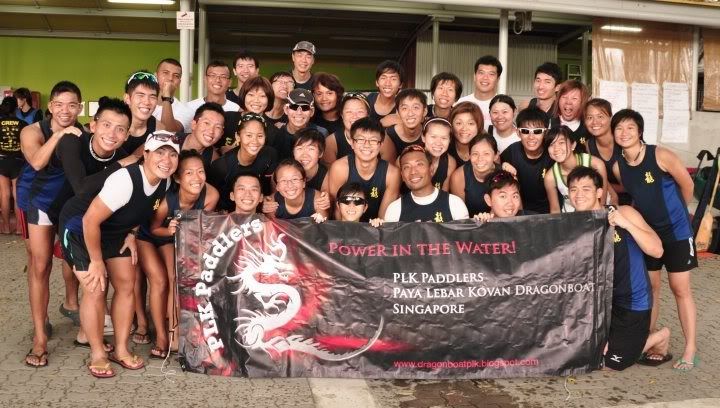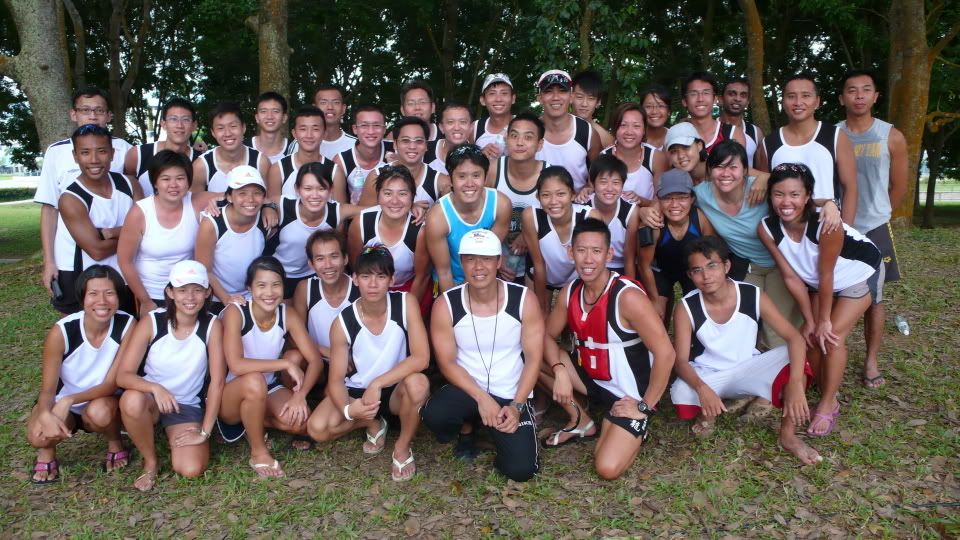 What is a sun-burn?
What is a sun-burn?
A sun-burn is your skin’s response to overexposure to UV radiation. The skin turns red, becomes hot, and painful. A severe sun-burn may even result in swelling and/or blistering. The length of time that will cause such reactions varies from person to person. Dark skin helps protect your skin from such a reaction through a larger amount of melanin which absorbs damaging solar radiation. Fair skin contains a smaller amount of melanin and therefore burns more easily and is more susceptible to damage. A tan in a light skinned person is a sign of sun damage and the skin trying to prevent further damage.
Why do you peel after a sun-burn?
Peeling after sun-burn is your body’s way of getting rid of damaged cells. This is necessary because cells damaged by the sun are at risk of "losing control" and becoming cancer. Due to this danger, all damaged cell are instructed to commit suicide by repair mechanisms within these cells. This mass suicide of cells results in whole layers of damaged skin peeling off, to be replaced by other cells underneath those layers.
Treatment
There is no immediate cure for sun-burn, but the pain can be relieved by hydrating the skin. This is done by applying products containing aloe and/or vitamin E. Vinegar is a remedy for the stinging sensation on a burn. Drinking fluids can aid in hydration, and eating high protein foods will assist in tissue repair. Analgesics such as acetaminophen (e.g. Tylenol) or ibuprofen (e.g. Advil) can also reduce pain. One method for treatment involves applying a clean washcloth soaked with cool milk like a cold compress, since the lactic acid will help reduce inflammation and the cool towel will soothe the pain. Blistered skin, with or without open sores, should heal on its own. As with any other open skin wound, it is best to avoid lotions or other directly applied ointments. However, antibacterial solutions and gauze can prevent skin infections. The best treatment for most sun-burn is time. Given a few weeks, they will heal. Overall, the most important aspect of sun-burn care is to avoid the sun while healing, and to take precautions to prevent future burns.
Protection
- Avoid sun exposure during the most intense period of the day (10.00 am – 5.00 pm)
- Try to cover up. A broad-brimmed hat can reduce exposure to the face, which is the most common site for non-melanoma skin cancers. Consider wearing long sleeves or bathing suit with legs and short sleeves.
- When unable to do the above, wear a sunscreen. Use a broad spectrum sunscreen with SPF 30 minimum if there will be extended sun exposure. Apply ½ to 1 tsp of the sunscreen to the face. Apply the same amount to each arm and exposed areas of the shoulders and neck. Apply the equivalent of 1-2 tsps to each leg and 2 tsp to the upper body when more time is spent in the sun.
- When picking a sunscreen, consider the base. Is it creamy or dry? Is it non-comedogenic?
Be aware of your skin. If you notice signs of reddening or longer term photoaging, minimize further exposure. - Wearing sunglasses will help prevent cataracts in adulthood and should have UVA protection.












1 comment:
hey all, not sure if anybody will bother reading this but i really didn't wanna flood the chatbox any further. haha.
was laughing at the discussion abt this issue flying ard .. & then suddenly i recalled a fren who got 2nd-degree burn when we went to phuket together.. jialat! blisters on the thighs. no joke man. she's very fair (like Fann Wong-type lah).
so esp for those who're fair-skinned (i.e. Suzanne, Yong), do put on lots of sunblock next time u guys row.. dun worry, i'll remind u!! :)
Post a Comment